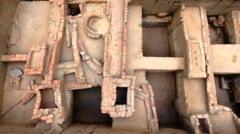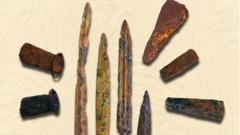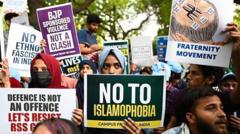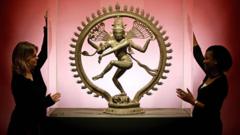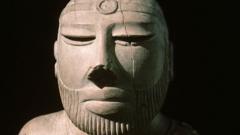In a bold move to uncover the roots of the Indus Valley civilization, which thrived nearly 5,000 years ago across parts of India, Pakistan, and Afghanistan, Tamil Nadu's chief minister, M.K. Stalin, has announced a staggering $1 million prize for anyone who can decipher the civilization’s enigmatic script. This call to action is not just a scholarly pursuit; it's a significant cultural reclamation battle, amid contrasting narratives about India's ancient lineage.
Despite extensive excavations revealing artifacts across over 2,000 sites, understanding of this civilization remains elusive. The new initiative reignites efforts to unlock insights into the language, culture, and history of a society that remains shrouded in mystery. At the heart of this linguistic puzzle lies a cultural divide between Hindu nationalists, who propose that Aryans are the original inhabitants of India, and those who argue that Southern Indians, the Dravidians, represent the true indigenous population. With the deciphering of the Indus script, scholars hope to connect these cultural narratives and shed light on the complex heritage of India.
Despite extensive excavations revealing artifacts across over 2,000 sites, understanding of this civilization remains elusive. The new initiative reignites efforts to unlock insights into the language, culture, and history of a society that remains shrouded in mystery. At the heart of this linguistic puzzle lies a cultural divide between Hindu nationalists, who propose that Aryans are the original inhabitants of India, and those who argue that Southern Indians, the Dravidians, represent the true indigenous population. With the deciphering of the Indus script, scholars hope to connect these cultural narratives and shed light on the complex heritage of India.






